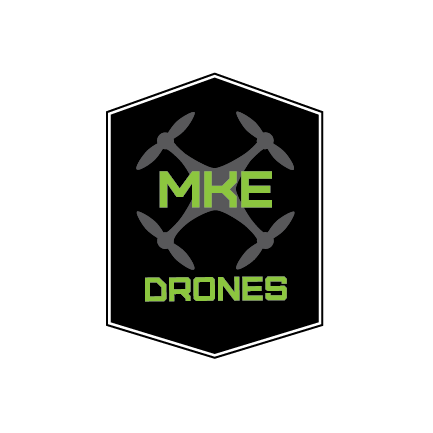Many cities across the US are trying to put into place laws regarding flying drones or UAS (unmanned aerial systems). Some of these include requiring a "license" to fly inside city limits, no-fly zones in parks, or limiting drones to only being able to fly in certain areas. But what do the laws say about this?
Legally, the FAA is the only agency that can control the airspace - which technically is all the open air inside the bounds of the US. There is no limit on height. If you are outdoors, once your one inch off the ground and controlling and aircraft, you are in airspace that is FAA controlled. So how does this apply to cities that are setting laws into place? A city can only control where someone takes off and lands from - they cannot control the the airspace once an operator is flying. So let say a city has a law saying no drones are allowed in the city limits. If I as a drone operator take off and land from outside the city boundaries - and I am not breaking any FAA laws - then I am flying 100% legally. The best example of this is the US National Parks. It is illegal to takeoff and land inside of National Parks without a permit (which has never been granted to anyone to date), but if you take off and land from outside the park you can fly over and through the park and you are well within legal bounds. A great case of a mis-placed law can be seen in this article where a law that ended up being removed from the books in Palm Beach, FL.
Many people claim that the FAA does not control airspace below 500' based on the legal case United States v. Causby from 1946. There are a few problems with the idea of the FAA not controlling all national airspace regardless of height. First, that legal decision is now 70 years old and technology and airspace have changed significantly since then. How can a decision from that long ago accurately reflect where we are at with airspace today? Second, the FAA very clearly has stated that it controls all airspace and has the only authority to do so in the link here which was also mentioned earlier. Last, congress has very clearly tasked the FAA with setting up regulations for drones and integrating them into the national airspace. But drones can only legally fly below 400' - so clearly if the FAA is being directed to regulate drones in the airspace of 0-400' then that airspace is under FAA direction and control.
One of the most significant concerns people have with drone flights is privacy, but the majority of drones are very noisy when close enough to the ground to get any kind of detailed photos or footage. This is slowly changing with the implementation of zooming cameras, but most states have a some type of privacy law in place in regards to photography. As well, if you are banning drones for privacy concerns, are you also going to ban regular telephoto lenses? A lot of times a ground camera can get a more privacy-violating photo than a drone can.
Aside from the legal aspect, cities need to be careful about trying to over-regulate drone use. There are really 3 types of drone operators in the world: people who fly 100% legally, people who don't care about any laws, and people who are uninformed. By creating laws restricting drone use all you have done is stifle and barrier those who are trying to fly legally. Operators who don't care about laws will fly regardless, and uninformed operators will continue to fly since they are not aware of a law - but will be moved into the legal/illegal operator mentality once they are informed. You are only hindering people trying to fly legally.
If you are a city considering a drone law, please consider the above information before making a rash decision. Don't stifle innovation. The FAA also has provided an advisory for municipalities at this link that gives guidance on how what regulations are allowable without consultation from the FAA.
Post written by Jon Elliott, Owner MKE Drones, LLC

